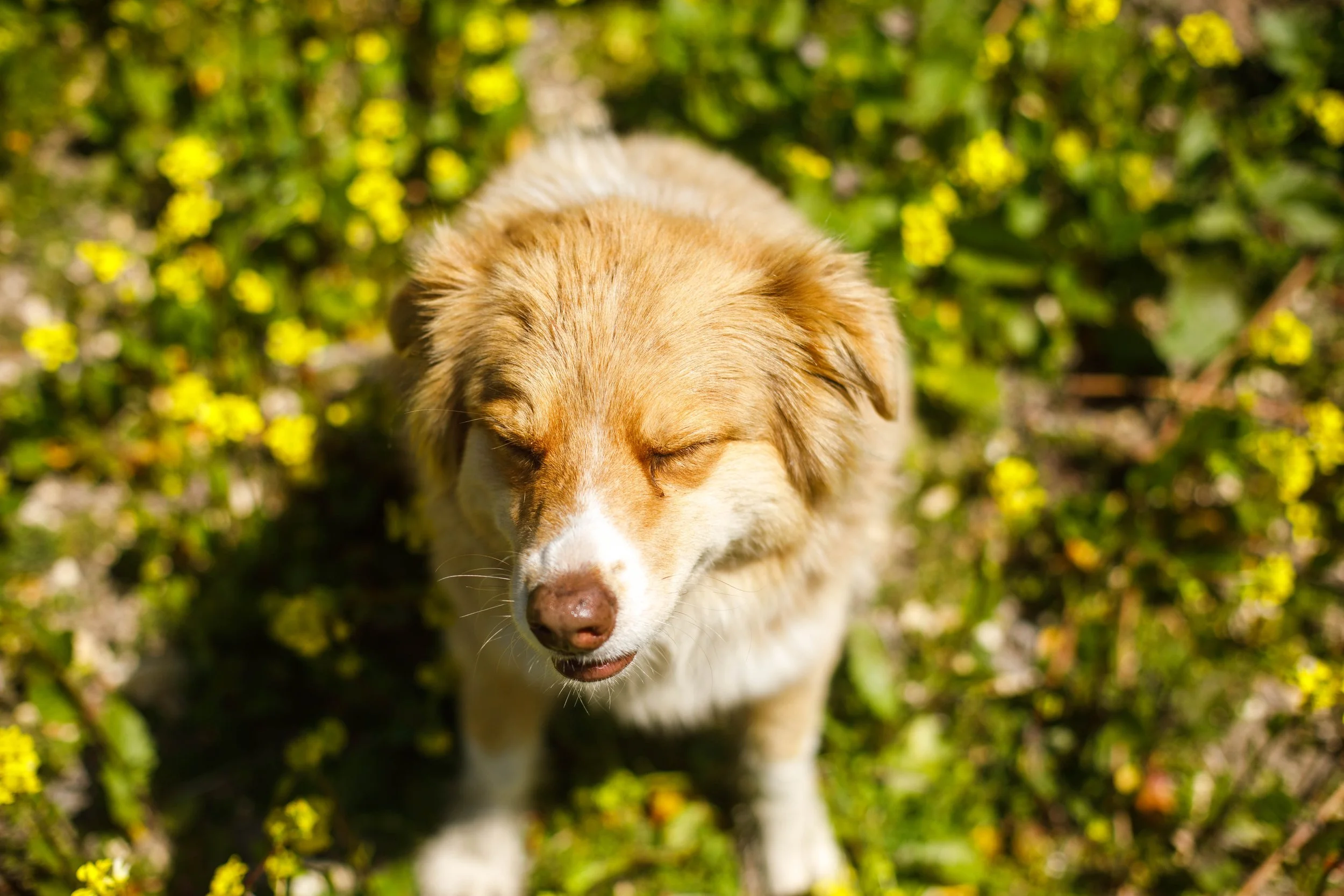Dry-farming isn’t for everyone. The yield is somewhat smaller than irrigated vineyards and it doesn’t lend itself to mechanized harvesting. Drip irrigation adds weight to the harvest by plumping the grapes with water. Dry-farmed grapes tend to be small with more intense flavor.







